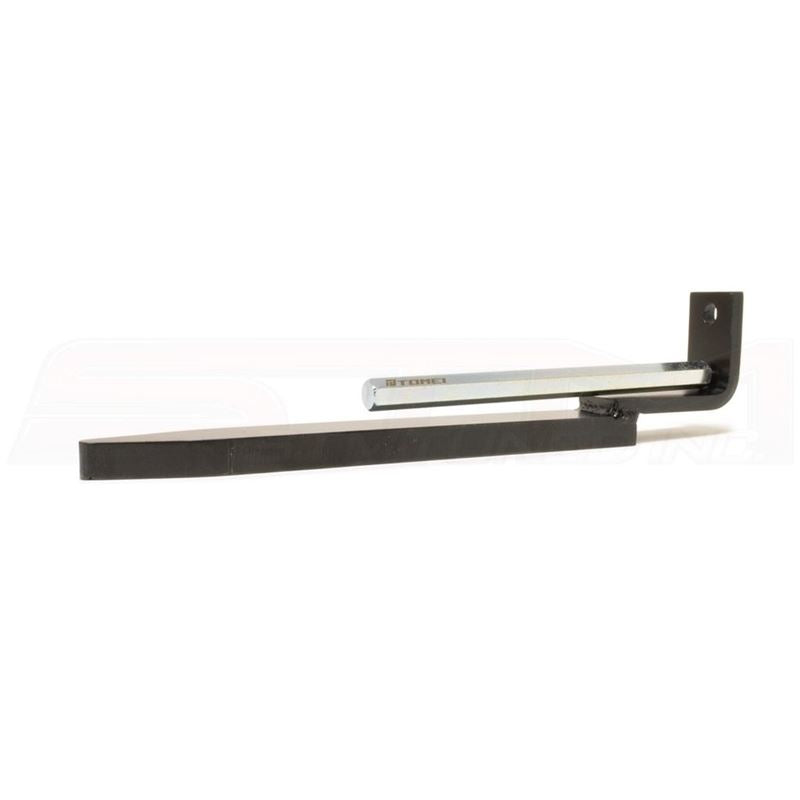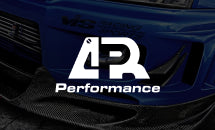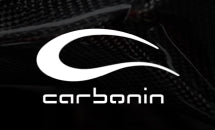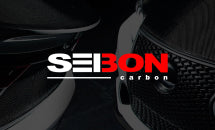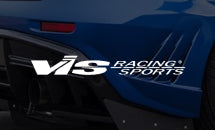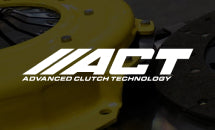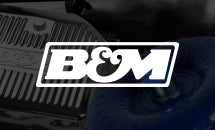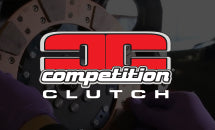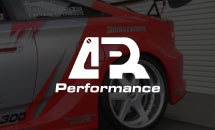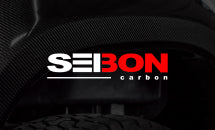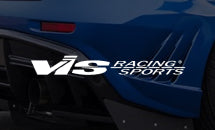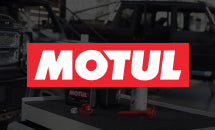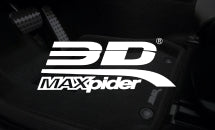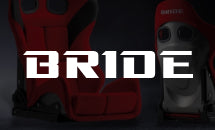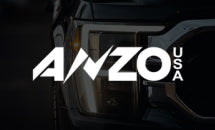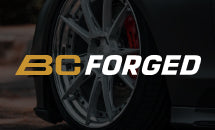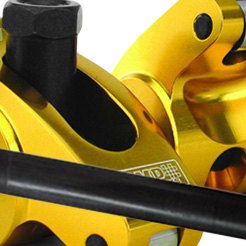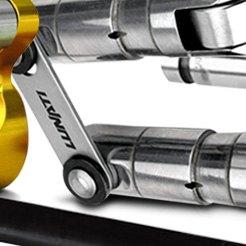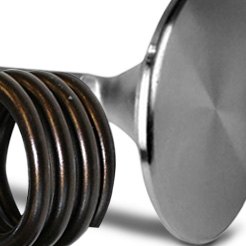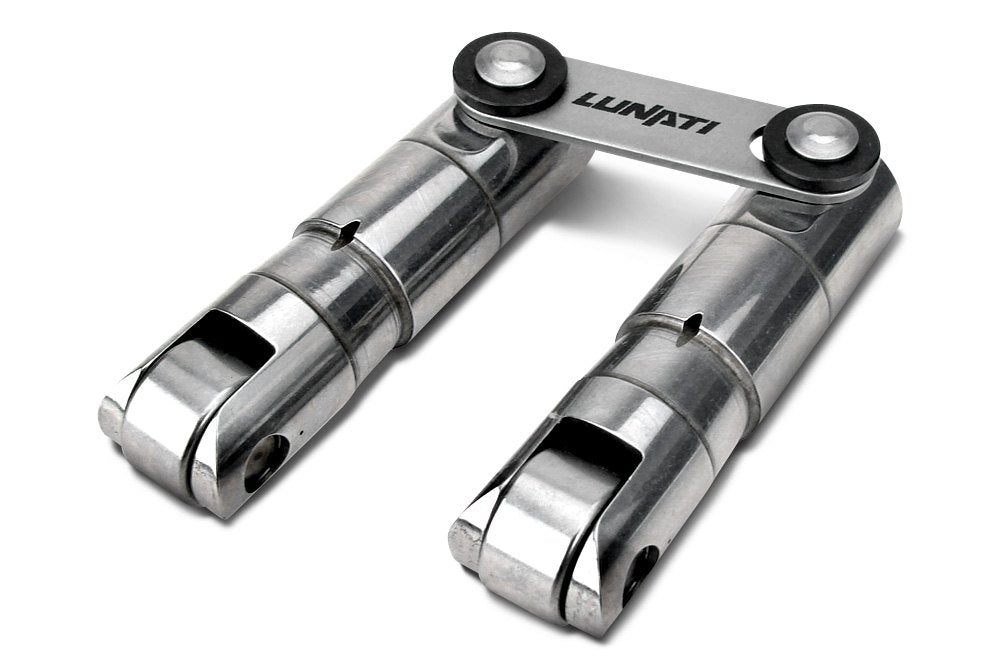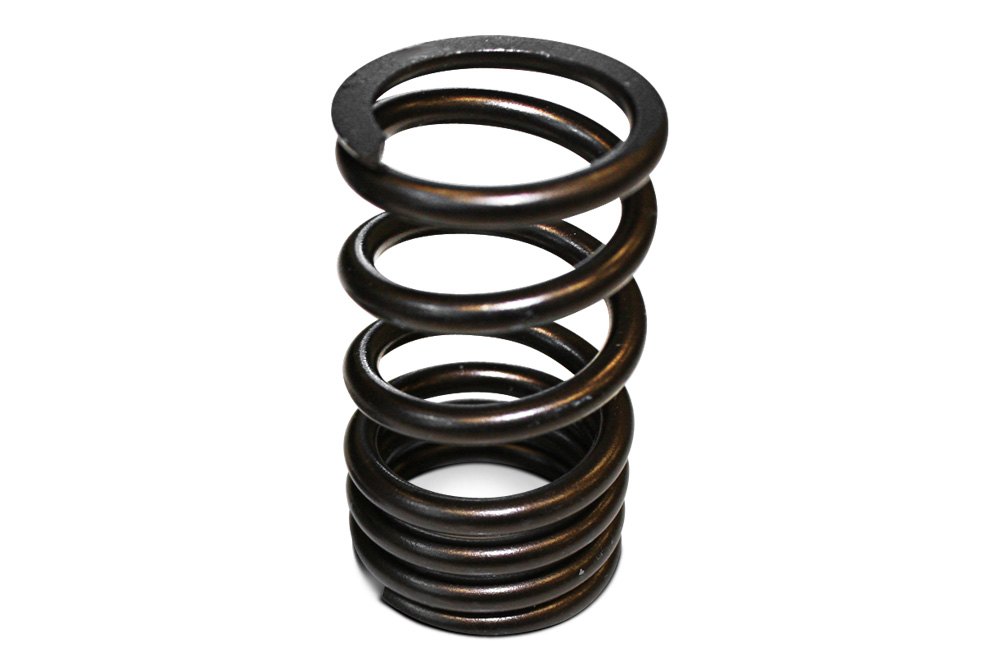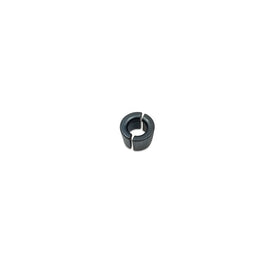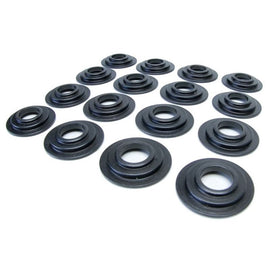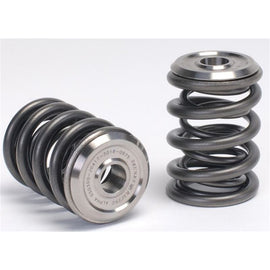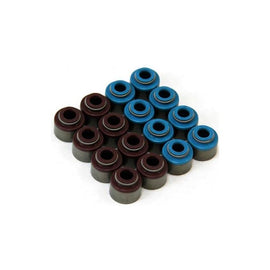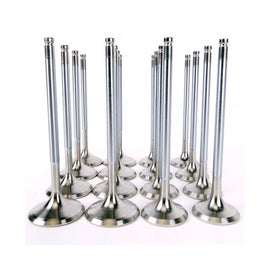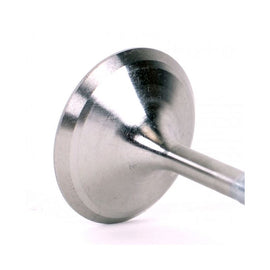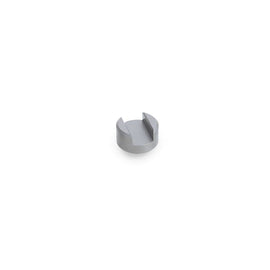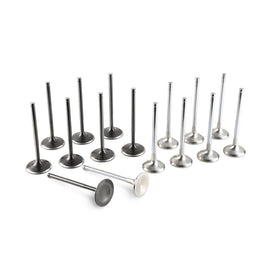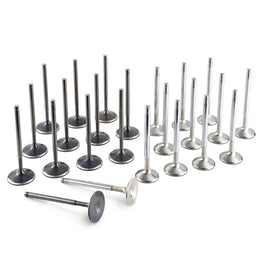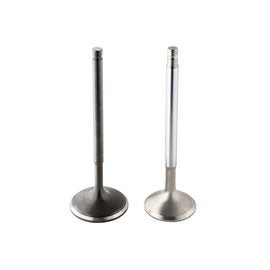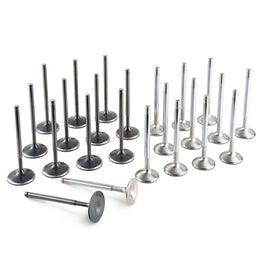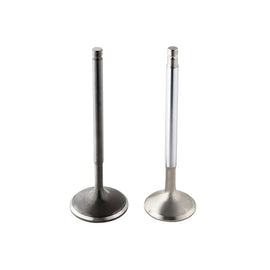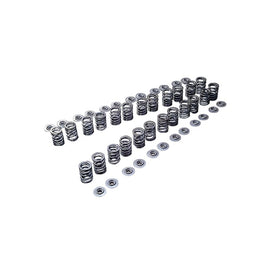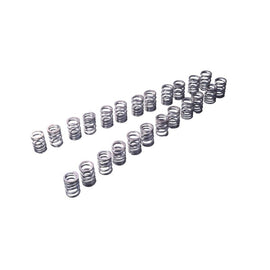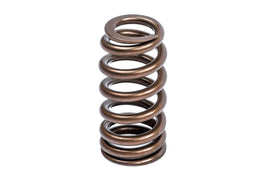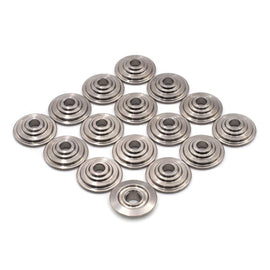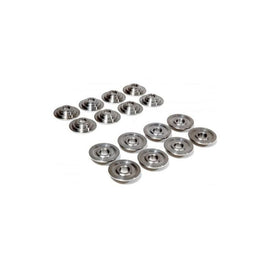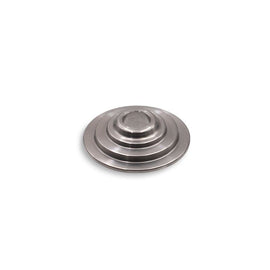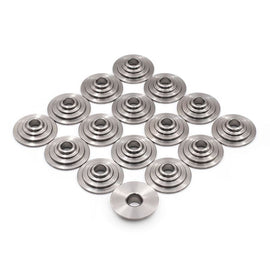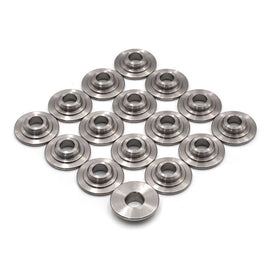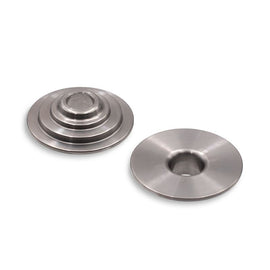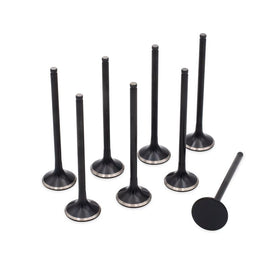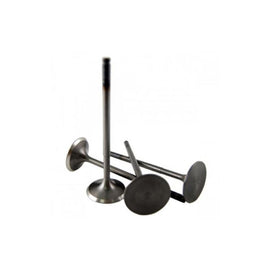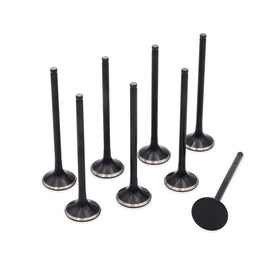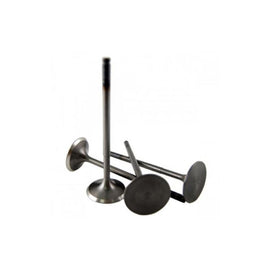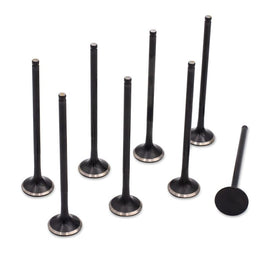

Valvetrain
The valvetrain is the mechanical connection between the camshaft and intake and exhaust valves. It transforms the profiles of the rotating cam lobes into the opening and closing motion of the valves. Overhead Valve (OHV) engines have the most complex valvetrains with lifters, pushrods, and rocker arms between the cam and valves, while Overhead Camshaft (OHC) engines are much simpler, with some designs having only bucket lifters between the cam and valves.
Performance valvetrain components must be much stronger to function at high RPMs and overcome stiff valve spring pressure to open larger valves. Higher valve spring pressure is needed to prevent valve float at high RPM. Performance rocker arms and valve spring retainers are made of lighter materials to enable the engine to rev easier and achieve higher RPM, and components like roller lifters and roller rockers reduce power-robbing friction.
The OEMs switched to roller lifters long ago because roller operation made camshafts and lifters much more reliable than their flat-tappet predecessors. But reduced friction and improved durability are not the only benefits. Roller cams have much more aggressive ramp rates that would cause a flat tappet lifter to dig into the ramp.These ramp rates allow the valves to open faster and remain at high lift for most of the opening duration, which increases power. Roller cams are also much more tolerant of high valve spring pressure. Roller cam and lifter kits are available to convert older flat tappet engines.
Performance pushrods have to operate reliably at RPMs and against valve spring pressures that would bend or break their OE counterparts. Most performance pushrods are made of strong chrome moly steel, and larger diameter pushrods are available for some applications. Overcoming friction, such as is created when rocker arms pivot on balls or shafts and slide across valve stem tips, uses horsepower. You can eliminate this friction and save weight by replacing OE steel rocker arms with lightweight aluminum roller fulcrum and roller tip rocker arms. These are often available in higher ratios to increase valve lift and power.
Some cylinder heads can be fitted with larger valves, but they're most often acquired as part of a complete set of performance cylinder heads. Larger valves allow more flow in and out of the combustion chamber for more power, but they can be heavier and high RPM use requires stronger valve springs to prevent valve float. High tensile strength dual or beehive springs with lightweight titanium retainers are state-of-the-art. Finally, there are some performance valvetrain components that have no OE counterpart. For example, stud girdles support and strengthen individual rocker stud valvetrains to prevent deflection.
 BUY NOW, PAY LATER. Starting at 0% APR
BUY NOW, PAY LATER. Starting at 0% APR 

